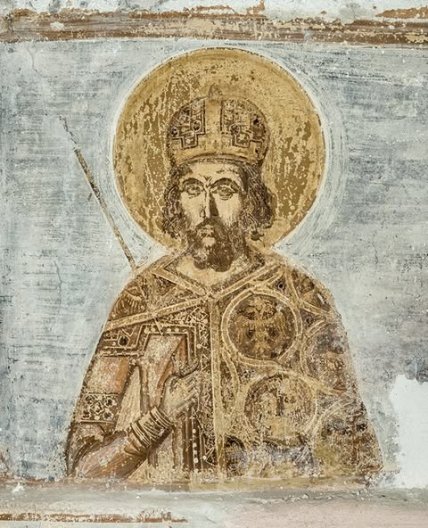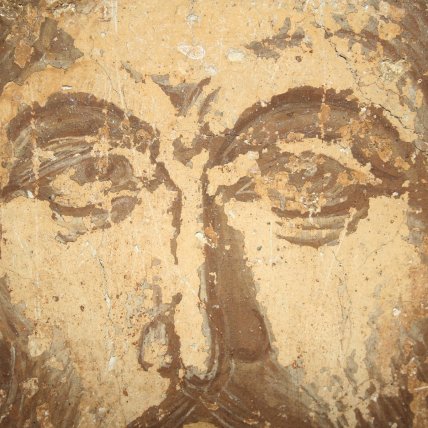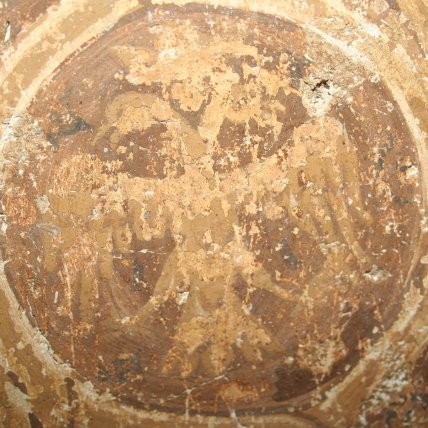The only authentic portrait of the last Byzantine emperor was discovered in Greece: here’s how he looked (photo).
The true face of a long-deceased historical figure or ancient saint can be revealed through modern technologies as well as new discoveries. The only known lifetime portrait of the last Byzantine ruler, Constantine XI Palaiologos, was discovered in Greece.
It was unearthed during the restoration of a fresco in the former Archangel Monastery of Aigialeia in the Achaea region of western Greece. The fresco dates back to the mid-15th century. The portrait, found beneath another layer of frescoes, depicts Constantine XI wearing imperial regalia. His embroidered gold purple mantle is adorned with the symbol of the Old Dynasty – a double-headed eagle, identifying him as the emperor.



The portrait was discovered by archaeologist Anastasia Koumousi. Scholars believe this is the only known lifetime portrait, and the model for the artist was not the official imperial portrait, as was customary, but the emperor himself.
The fresco was located in the cathedral of the monastery. This portrait may serve as a valuable source of information regarding the appearance of the emperor who ruled from 1449 until his death during the fall of Constantinople in 1453. Constantinople fell to the Ottoman forces, and Constantine XI died in battle. His death marked the end of the Byzantine Empire and the definitive conclusion of the Roman Empire, which had lasted for over a thousand years. This emperor is remembered in history for his bravery and desperate attempts to save the empire.
Previously, "Telegraph" reported on a unique statue of the terracotta army found in China. It was discovered in the mausoleum of Emperor Qin Shi Huang.